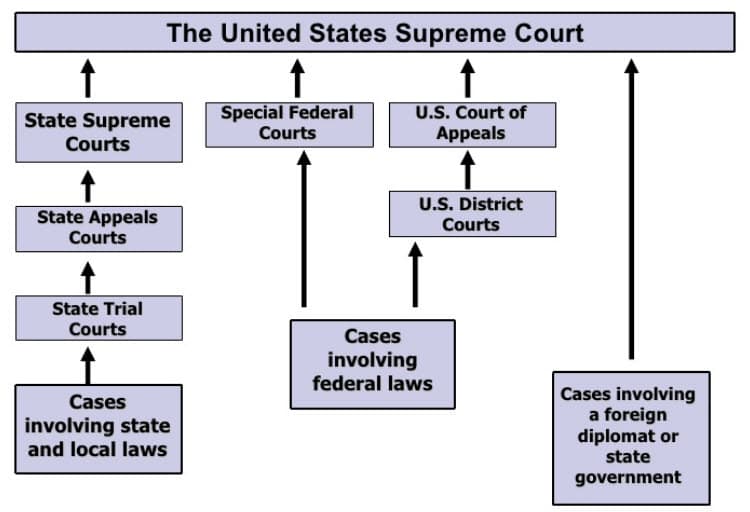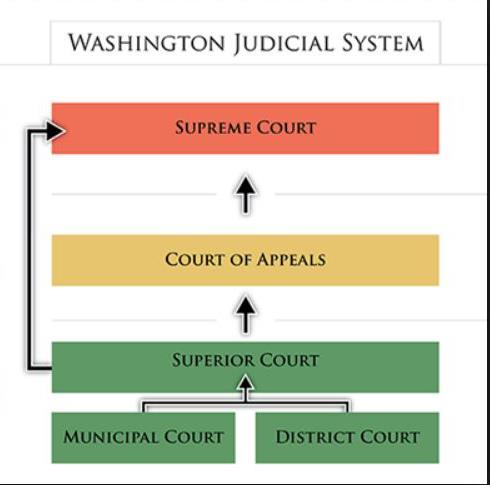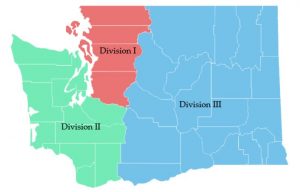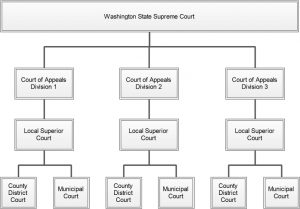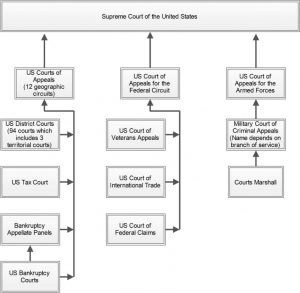PS 102 – Chapter 8 – An Introduction to Service on an Entity Case Law
In this section reference is made to entities. Specifically legal entities. As the law, and civilization in general, has advanced over the past 3000 years, a fairly large number of legal entities of various types have been created in order to give a certain structure to the world around us. These include:
- Corporations and partnerships of various kinds
- States
- Counties
- Cities
- School districts
- And many more
Even though these entities exist only as lines on a map or words on a page, they have been given many of the rights normally given to real persons. And, at the same time, they have also been given certain responsibilities in the eyes of the law. One of these responsibilities is that they can be held to account in court. In other words, they can be sued.
To go along with the responsibility of being able to be sued, these entities have been given the right to notice that an action is being brought against them. Just as a real person must be served with a summons and complaint, these too must be served in a manner set forth in the law.
Service gives notice and notice bestows jurisdiction. It is jurisdiction which a court requires in order to take any action for or against some one or some thing.
However, as alluded to above, these entities don’t have a hand with which to receive legal documents. The law has taken this into account by setting up certain procedures (a process, if you will) which, when properly followed, achieves service on the entity and give the court jurisdiction over it. Here are some examples:
- The state is served by presenting the documents to the Attorney General.
- A county is served by presenting the documents to the county Auditor.
- A corporation is served by presenting the documents to the registered agent.
The rules vary from entity type to entity type. As a result, a number of interesting appellate cases have come down from the courts.

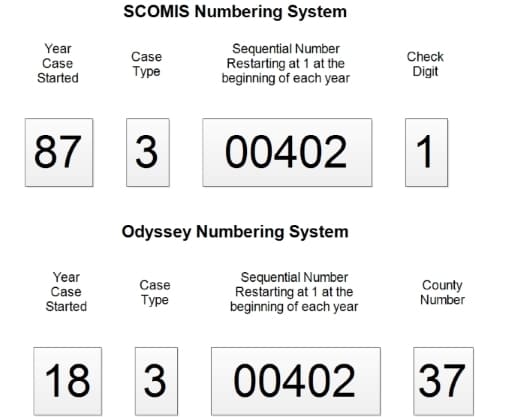
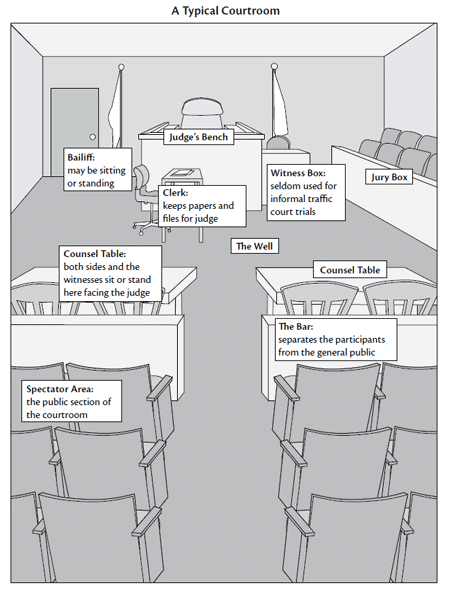 This is a rough diagram of a typical courtroom in the state of Washington. Courtrooms vary a great deal from city to city and county to county but they all have the same basic structure.
This is a rough diagram of a typical courtroom in the state of Washington. Courtrooms vary a great deal from city to city and county to county but they all have the same basic structure.